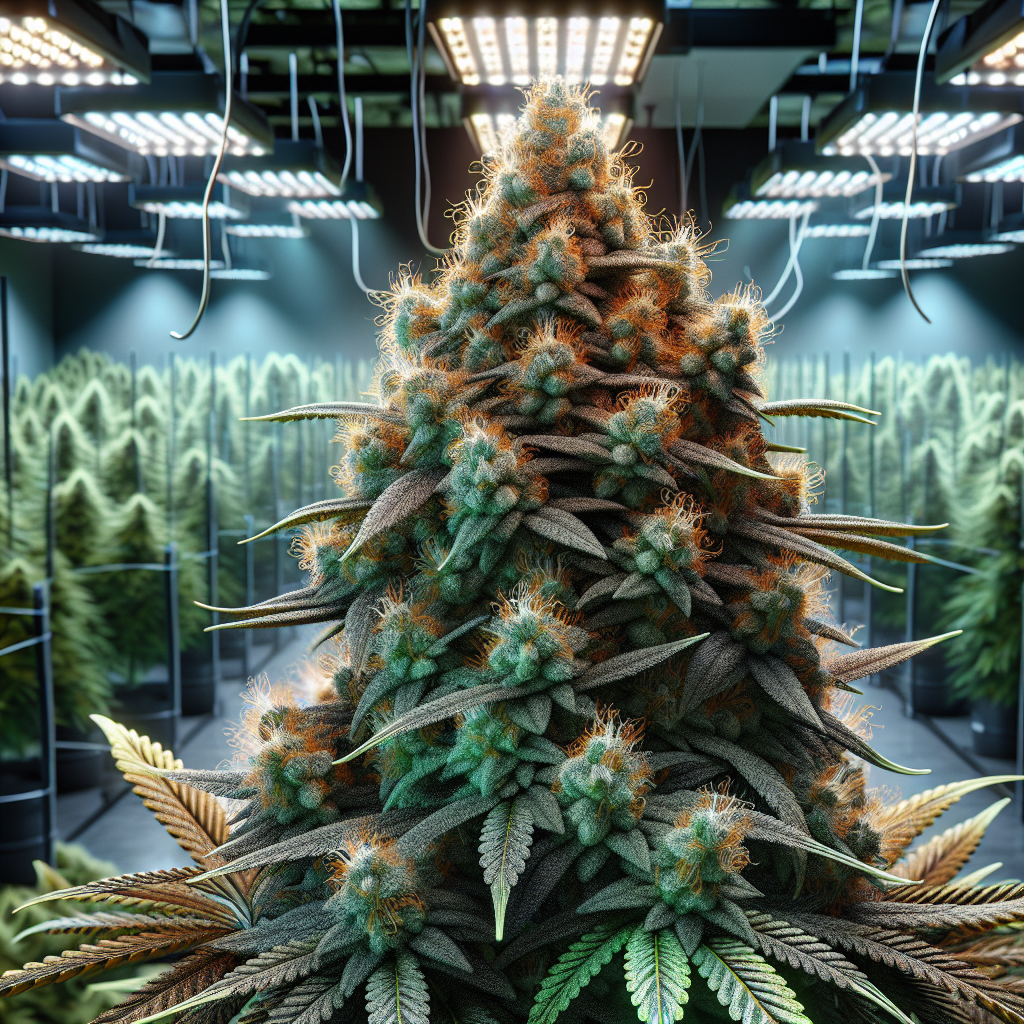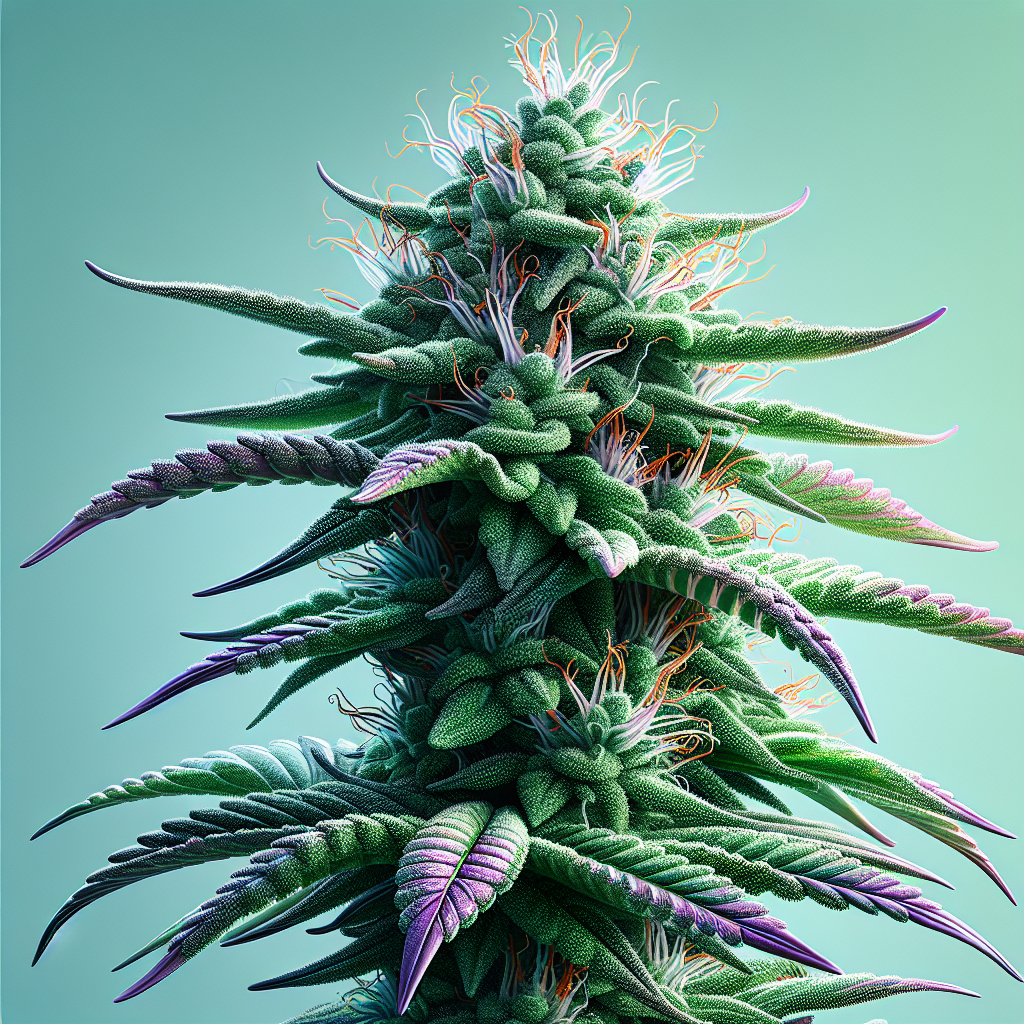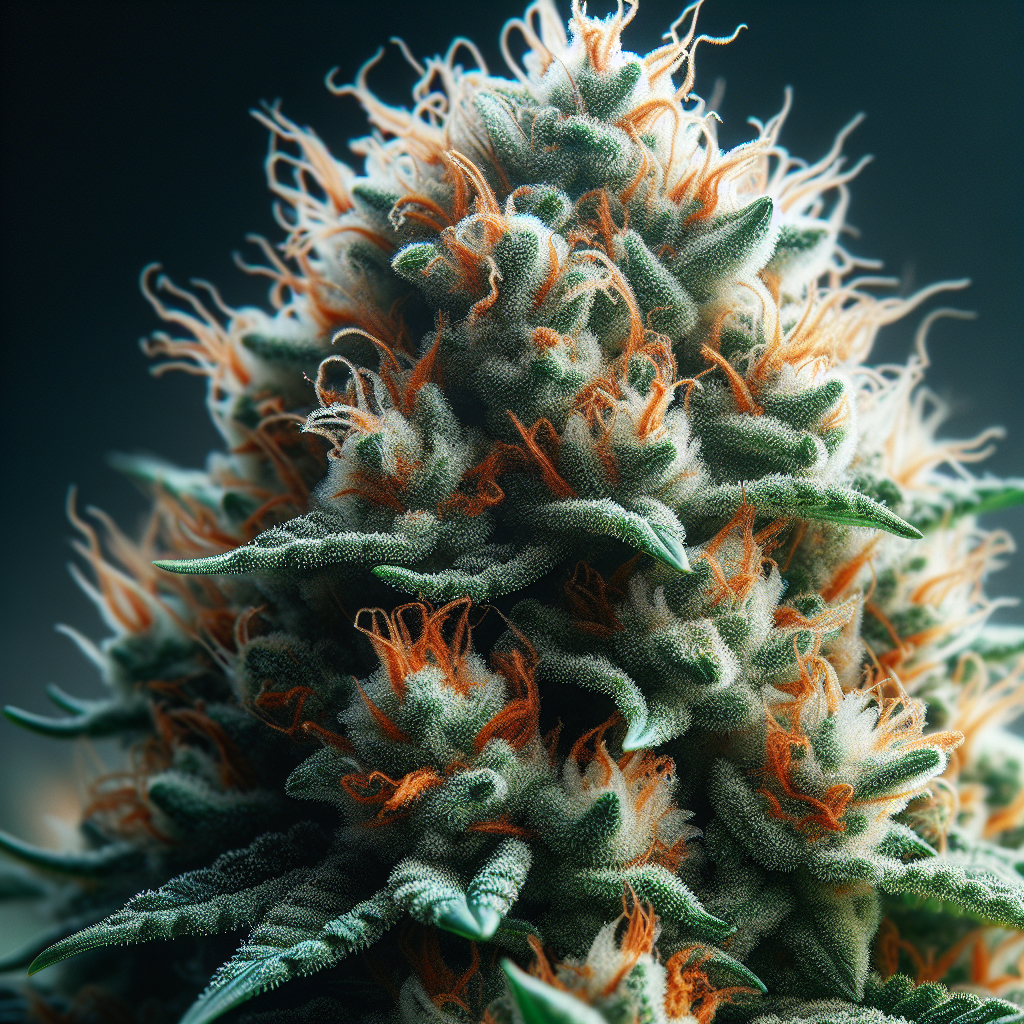Unlocking the Potential of Cannabinoids: A Deep Dive into CBG, CBN, and CBC
The landscape of cannabis research is evolving, revealing a rich tapestry of compounds that go beyond the well-known cannabinoids, THC and CBD. Among these emerging stars are CBG (cannabigerol), CBN (cannabinol), and CBC (cannabichromene). As interest in the therapeutic and beneficial potential of cannabis continues to grow, understanding these lesser-known cannabinoids is crucial for consumers and medical professionals alike. This article explores the unique properties, potential benefits, and applications of CBG, CBN, and CBC, highlighting their contributions to health and wellness.
Understanding Cannabinoids
Cannabinoids are a class of chemical compounds that interact with the body’s endocannabinoid system (ECS), a complex network responsible for maintaining homeostasis. The ECS comprises endocannabinoids produced naturally in our bodies, cannabinoid receptors (CB1 and CB2), and enzymes that synthesize and break down endocannabinoids. This system plays a crucial role in regulating various physiological processes, including mood, pain perception, immune function, and appetite.
While THC and CBD are well-researched and widely recognized for their roles in the cannabis plant, CBG, CBN, and CBC are gaining attention for their unique effects and potential health benefits.
Cannabigerol (CBG): The Mother Cannabinoid
What is CBG?
CBG is often referred to as the "mother cannabinoid" because it is the precursor to other cannabinoids, including THC and CBD. In the cannabis plant’s early stages of growth, CBG is synthesized from cannabigerolic acid (CBGA), which eventually converts into the other cannabinoids as the plant matures. CBG is typically found in larger quantities in younger cannabis plants, making it somewhat rare in mature buds.
Potential Benefits of CBG
Research into CBG’s therapeutic potential is still in its infancy, but preliminary studies suggest promising benefits, including:
-
Anti-Inflammatory Properties: CBG has shown potential in reducing inflammation, making it a candidate for treating conditions like inflammatory bowel disease (IBD) and arthritis.
-
Neuroprotective Effects: CBG may protect neurons from damage and even promote neurogenesis, suggesting its potential in managing neurodegenerative diseases such as Huntington’s disease.
-
Antibacterial Activity: Some studies have indicated that CBG exhibits antibacterial properties, particularly against drug-resistant bacteria like MRSA (Methicillin-resistant Staphylococcus aureus).
- Appetite Stimulation: Unlike CBD, which is known for suppressing appetite, CBG may have the opposite effect, making it an interesting option for those looking to increase their appetite, such as cancer patients undergoing treatment.
How to Use CBG
CBG is available in various forms, including oils, capsules, edibles, and topicals. Consumers interested in harnessing the potential benefits of CBG can find products that isolate CBG or those that combine it with other cannabinoids for an entourage effect. This effect refers to the synergistic interaction between different cannabinoids, which can enhance their therapeutic benefits.
Cannabinol (CBN): The Sleepy Cannabinoid
What is CBN?
CBN is a cannabinoid that typically forms as THC ages and degrades. It is mildly psychoactive, but its effects are much less intense than THC. CBN is gaining recognition primarily for its potential sedative effects, making it a popular choice for those seeking better sleep.
Potential Benefits of CBN
Emerging research suggests that CBN may have several promising applications, including:
-
Sleep Aid: One of the most well-known uses of CBN is as a sleep aid. Preliminary studies indicate that CBN may significantly improve sleep quality and duration, making it an appealing option for insomniacs or those with sleep-related disorders.
-
Anti-Inflammatory and Analgesic Properties: CBN has shown anti-inflammatory and analgesic effects in animal studies, indicating its potential usefulness in pain management.
-
Appetite Stimulation: Similar to CBG, CBN may also stimulate appetite, which could be beneficial for individuals experiencing weight loss due to medical conditions or treatments.
- Antibacterial Effects: Like CBG, CBN has demonstrated antibacterial activity, offering potential applications in fighting infections, particularly those resistant to conventional antibiotics.
How to Use CBN
CBN products are available in oils, capsules, edibles, and more. As CBN is often combined with other cannabinoids for enhanced effects, many consumers opt for full-spectrum or broad-spectrum products that contain a variety of cannabinoids, allowing for the entourage effect.
Cannabichromene (CBC): The Non-Psychoactive Wonder
What is CBC?
CBC is one of the lesser-known cannabinoids but is recognized for its unique properties and potential health benefits. Like CBG, CBC is a non-psychoactive compound, meaning it does not produce the "high" associated with THC. Instead, CBC contributes to cannabis’s well-rounded therapeutic profile.
Potential Benefits of CBC
Research on CBC is still emerging, but several potential benefits have surfaced, including:
-
Pain Relief: CBC may act synergistically with other cannabinoids to alleviate pain. It works through mechanisms like inhibiting inflammatory compounds and interacting with pain pathways.
-
Neurogenesis: Early studies have suggested that CBC may stimulate the growth of new brain cells, which could have profound implications for cognitive health and the treatment of neurodegenerative diseases.
-
Mood Enhancement: By interacting with the ECS, CBC may help regulate mood and reduce feelings of depression and anxiety. This makes it a potential candidate for research into mental health treatments.
- Antifungal Properties: Some studies indicate that CBC has antifungal properties, expanding its potential scope in addressing infections.
How to Use CBC
CBC can be found in various combinations in full-spectrum cannabis products. Like CBG and CBN, it is available in oils, tinctures, and edibles. Using CBC alongside other cannabinoids can enhance its benefits through the entourage effect.
The Future of Cannabinoid Research
As research into cannabis and cannabinoids continues to expand, the focus on lesser-known compounds like CBG, CBN, and CBC promises to unlock new therapeutic potentials. The unique properties of these cannabinoids may pave the way for innovative treatments for various health conditions, from chronic pain and inflammation to mood disorders and sleep problems.
The cannabis industry is witnessing a shift towards full-spectrum products that harness the complexity of the plant, rather than relying solely on THC and CBD. This shift reflects a growing understanding of how different cannabinoids can complement each other, resulting in a more robust therapeutic profile.
Cannabinoids in Different Strains
Certain cannabis strains are bred to emphasize particular cannabinoids, which can help consumers target specific effects. Understanding the cannabinoid composition of strains can assist users in selecting the right cannabis product for their needs. As more cultivators experiment with breeding techniques, we can expect to see strains high in CBG, CBN, or CBC available on the market.
Conclusion
The exploration of cannabinoids like CBG, CBN, and CBC is an exciting frontier in the medical and wellness community. As we continue to unlock the potential of these compounds, it becomes increasingly clear that cannabis is a multi-faceted plant with diverse applications.
With the positive effects of CBG, CBN, and CBC on health and wellness, consumers have more options than ever to tailor their cannabis experience to their individual needs. The future of cannabinoids holds promise not only for alleviating symptoms but also for addressing health issues at their roots.
FAQ Roundup
Q: What is the difference between CBG, CBN, and CBC?
A: CBG is often called the "mother cannabinoid" because it is the precursor to both THC and CBD. CBN is known for its potential sleep-inducing properties, while CBC is recognized for its possible anti-inflammatory effects and ability to promote neurogenesis.
Q: Are CBG, CBN, and CBC psychoactive?
A: CBG and CBC are non-psychoactive, meaning they do not produce the "high" associated with THC. CBN is mildly psychoactive, but its effects are much less intense.
Q: How can I incorporate CBG, CBN, and CBC into my wellness routine?
A: CBG, CBN, and CBC are available in various forms, including oils, tinctures, edibles, and capsules. Look for products that include these cannabinoids or full-spectrum formulas to benefit from the entourage effect.
Q: Are there any side effects associated with CBG, CBN, and CBC?
A: Currently, these cannabinoids are considered safe, with fewer reported side effects compared to THC. However, as with any supplement, it’s advisable to consult with a healthcare professional, especially if you are on medication or have health concerns.
Q: Can I find CBG, CBN, and CBC in the same product?
A: Yes! Many companies are now offering full-spectrum products that contain a variety of cannabinoids, allowing for the combined benefits of CBG, CBN, CBC, CBD, and even THC.
Q: How do I choose the right product for my needs?
A: It’s essential to assess your individual needs (e.g., sleep, inflammation, appetite) and consult with a knowledgeable retailer or healthcare provider. Look for quality products with third-party testing for purity and potency.
By understanding and exploring the potential of CBG, CBN, and CBC, we can embrace the full spectrum of benefits that cannabis has to offer, paving the way for a healthier future.





